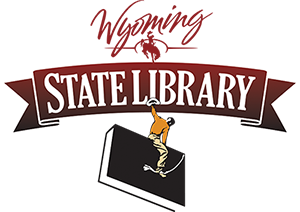 Reposted from Library Research Service
Reposted from Library Research Service
In the digital age, algorithms based on personal data allow information to find us as opposed to the other way around. Have we adequately prepared the next generation, who are predominantly accessing the world through social media platforms and search engines, to filter through the noise?
In a 2019 survey of US secondary school librarians, 96 percent said they teach some form of information literacy. These research skills allow students to “discover and evaluate credible information effectively and ethically by thinking critically.” In other words, students learn to identify biased reporting and suspicious sources, which can be applied to everything from Instagram posts to citizen news sites. Yet, according to a 2017 survey of academic librarians, the knowledge is not being retained — only 28 percent of first-year students enter their institution prepared for college-level research. If information literacy is widely taught in schools, why is there such a large gap?
Librarians cite a “lack of time” (69 percent) and “lack of faculty support” (59 percent) as the biggest challenges to instruction. “I don’t think [faculty] see these skills as important. They also feel so pressed for time covering their curriculum that these skills fall to the wayside.” Survey respondents candidly admitted that higher-ups in the educational food chain don’t see a critical value in information literacy skills. The lack of prioritization from administrators trickles down to teachers who often fail to prioritize “non-tested” material. Librarians note the difficulty in finding instruction time for students and the lack of integration and reinforcement of these skills across all curricula.
Amid the frustration, some respondents offered that one solution could be to start younger. “Students are so hands on with tech, even BEFORE entering preschool, focusing on these skills at the high school level seems too late,” noted one librarian—and they’re right. A 2015 study by Pearson found that 53 percent of 4th and 5th graders and 66 percent of middle school students regularly used a smartphone. Yet, only 28 percent of children learned about “seeking multiple perspectives” prior to entering high school. How to effectively use open web resources was more likely to be introduced in grades 10 and above, meaning there are years of access to information without proper education on how to appraise it.
One librarian who participated in the research study offered this as a final thought, “In our world of ‘fake news,’ teaching our students how to find accurate news sources and how to evaluate them is critical to have well-informed citizens.” Information literacy education needs to be addressed by understanding the critical role librarians play in laying the foundations for information consumption. Librarians are necessary for teaching students how to evaluate sources and make informed decisions to navigate a world increasingly embedded in the internet and social media.
Note: This post is part of the series, “The LRS Number.” In this series, the LRS highlights statistics that help tell the story of the 21st-century library.
